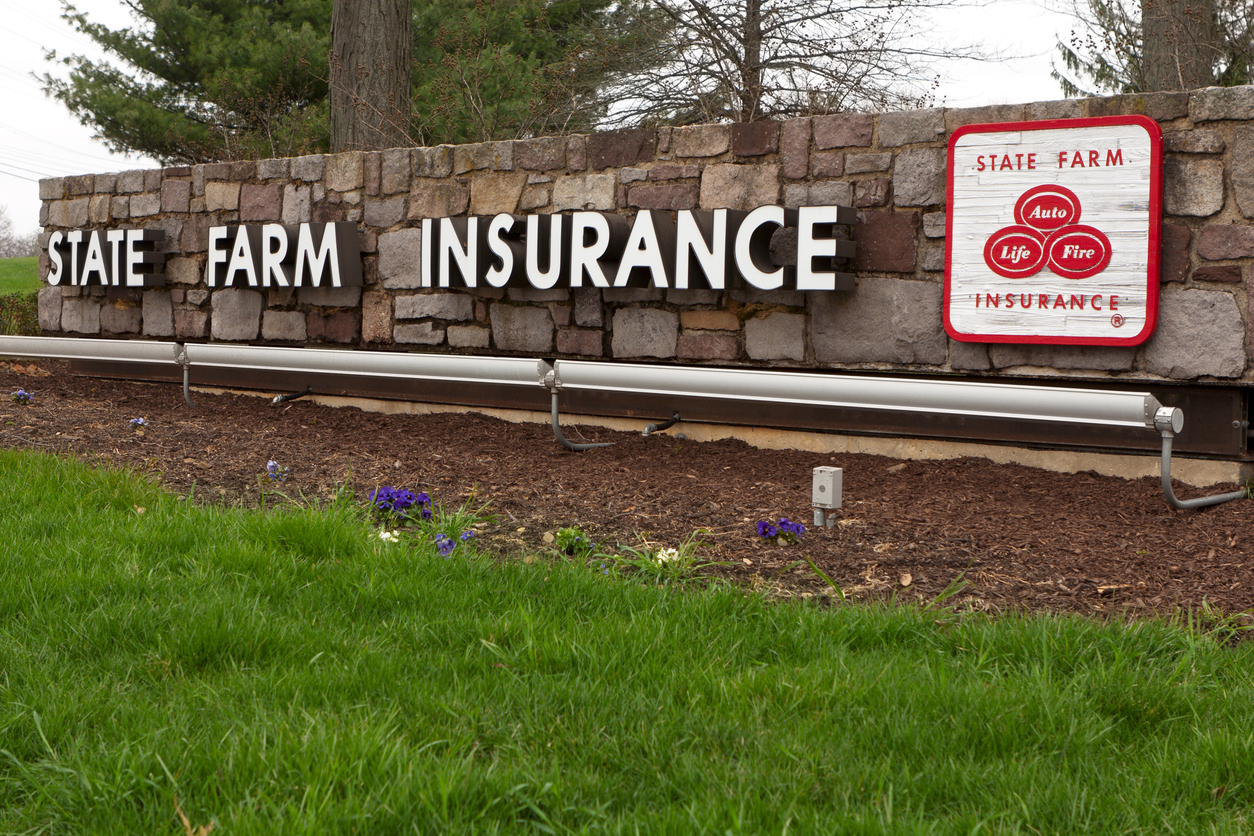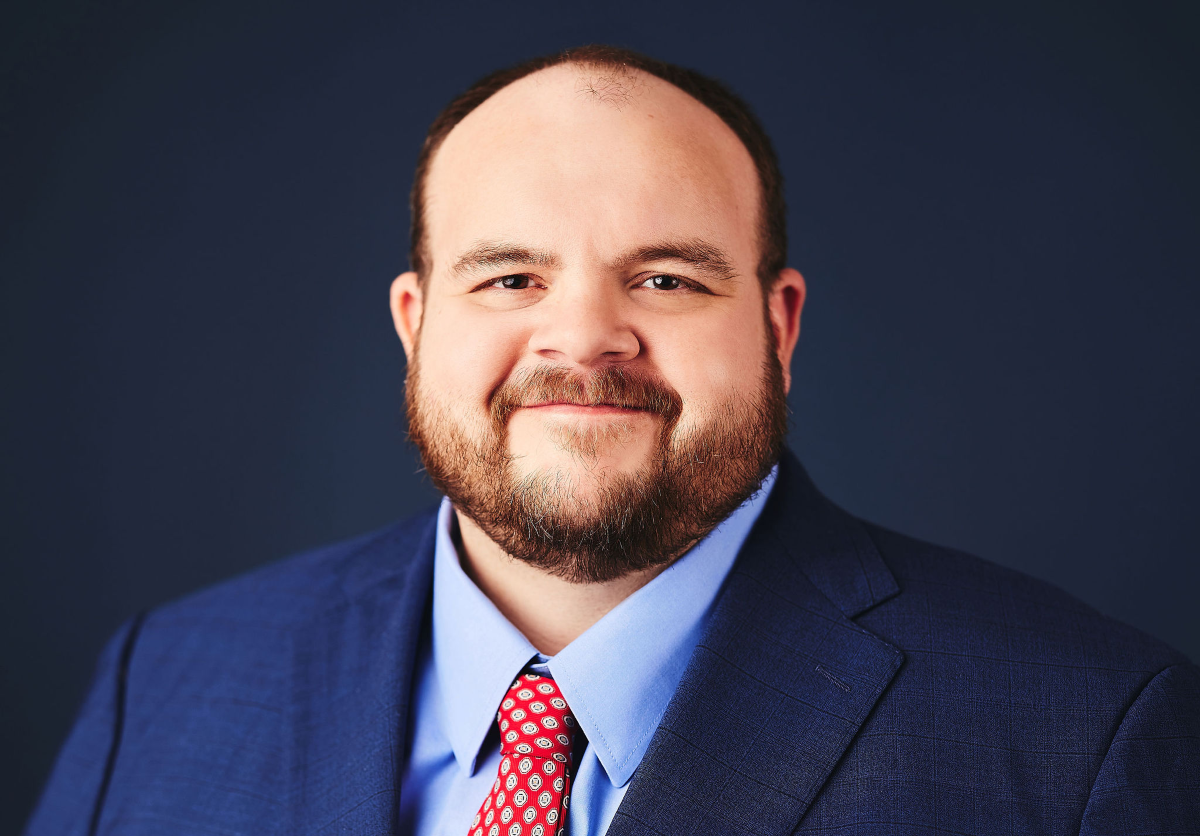Are you a policyholder, insurance restoration contractor, or public adjuster dealing with a roofing claim adjustment involving roofing shingles with State Farm? Have you asked the State Farm adjuster for the process explaining how the adjuster is handling the claim? Why wouldn’t State Farm provide and publish the honest methods it uses to adjust these claims with its customers if you asked for them?
In our experience, a lack of clarity around one particular aspect of State Farm’s process — their use of what’s called the “Shingle Locator Service” (or SLS) — has the potential to lead to claims disputes. So, let’s dive into what the SLS is, and why we believe greater transparency around this service could be a benefit to policyholders.
What Is the Shingle Locator Service?
The SLS was invented by State Farm, and is an internal service department. SLS was created as an internal solution to replace State Farm’s use of ITEL as a third-party verifier of building materials, specifically roofing and siding. While it fills an important role in streamlining the process of verifying building materials, our law firm has observed some concerns with this service.
First, I would suggest that everybody in the insurance claims business should consider third-party vendor opinions from those who are credentialed and reputable. Indeed, I have no idea why claims adjusters would not consider shingle reports from third parties, such as NTS, which is a competitor of ITEL. NTS notes as its mission:
We believe in sharing knowledge and information for the benefit of property owners, contractors, engineers, insurers, and adjusters. We aim to be the most reliable and reputable source of information when it comes to the identification and related documentation of roofing materials.
Let’s dive into some of the issues we observed with the SLS, and why we advocate for using reputable, third-party vendors.
How the SLS Could Impact State Farm Roof Claims
I was sent a SLS protocol and critique of the same, and I made a few observations about concerns with this service.
- SLS notoriously gives back false positives. One prime example (I can provide proof from my own files), is when shingles are discontinued and a new line or variation is released to replace it, SLS will auto-magically identify all materials as the “new” one. For instance, when GAF discontinued their Timberline HD line, they released the Timberline HDZ to replace it. There are physical differences in the shingles, and GAF advises that they cannot be mixed, as they are not compatible. However, SLS started identifying all Timberline HD roofing materials (installed and manufactured YEARS prior to Timberline HDZ’s existence), as Timberline HDZ shingles.
- The specific files attached denote that State Farm simply uses a list provided by a manufacturer to find a distributor of what State Farm unilaterally identifies the material as. The important part of this is: AVAILABILITY IS NOT ACTUALLY VERIFIED BY STATE FARM. You’d think that would be an important part of a unilateral investigation used to make coverage decisions…
- State Farm will vehemently deny and “not accept” any third-party documentation regarding identification of roofing materials, and therefore, coverage decisions, including ITEL. They will only accept their own information, unless you fight them tooth and nail, and escalate.
I invite State Farm to correct anything that is incorrect or that they would like to set the record straight upon. State Farm did not become so successful by repeatedly upsetting its customers and not having people in high claims positions who lacked insurance claims ethics training.
The Importance of Expert Inspections in Roof Claims
Roof claims are notoriously tricky, and we believe that evaluating them is best left to objective, third-party experts. Roofing expert Steve Thomas wrote a guest blog, Hire A Professional to Inspect Your Roof Following Hurricanes or Severe Weather Events, which had the following advice:
Just because a roof is not leaking does not mean it is not damaged. Unfortunately, many hold this view and do not have a trained roof expert inspect the property after a storm event. Water stains may show up six months or even years after the storm event because the holes created are small and impede moisture ingress at the moment. However, the water can and will eventually migrate into the structure.
If your home, business, or condominium went through Hurricane Ian, I strongly advise that you have your roof inspected by a qualified, trained professional. If you are a State Farm policyholder or dealing with State Farm about a roof claim involving shingles, please inquire about its SLS claims handling process. If you learn anything from State Farm, please let me know so we can help keep everybody informed about how their shingle roof claims are being handled. Good faith claims treatment depends upon transparency.
Unsure How State Farm’s Shingle Locator Service Affects Your Roof Claim?
If you have questions about State Farm’s SLS and how it might impact your roof claim settlement, Merlin Law Group is here to help. Our experienced team of property insurance attorneys can review your policy details and fight to ensure you receive the compensation you deserve.
Don’t navigate the complexities of your State Farm roof claim alone. Contact Merlin Law Group for a free consultation. Our team is available to discuss your situation and answer any questions you may have. You can reach us by phone at (877) 449-4700 or by filling out our secure online contact form.
We understand the frustration policyholders face when dealing with issues surrounding their roof claims. Let Merlin Law Group advocate for you and protect your rights.
Thought For The Day
I think the currency of leadership is transparency. You’ve got to be truthful. I don’t think you should be vulnerable every day, but there are moments where you’ve got to share your soul and conscience with people and show them who you are, and not be afraid of it.
—Howard Schultz, Starbucks CEO




